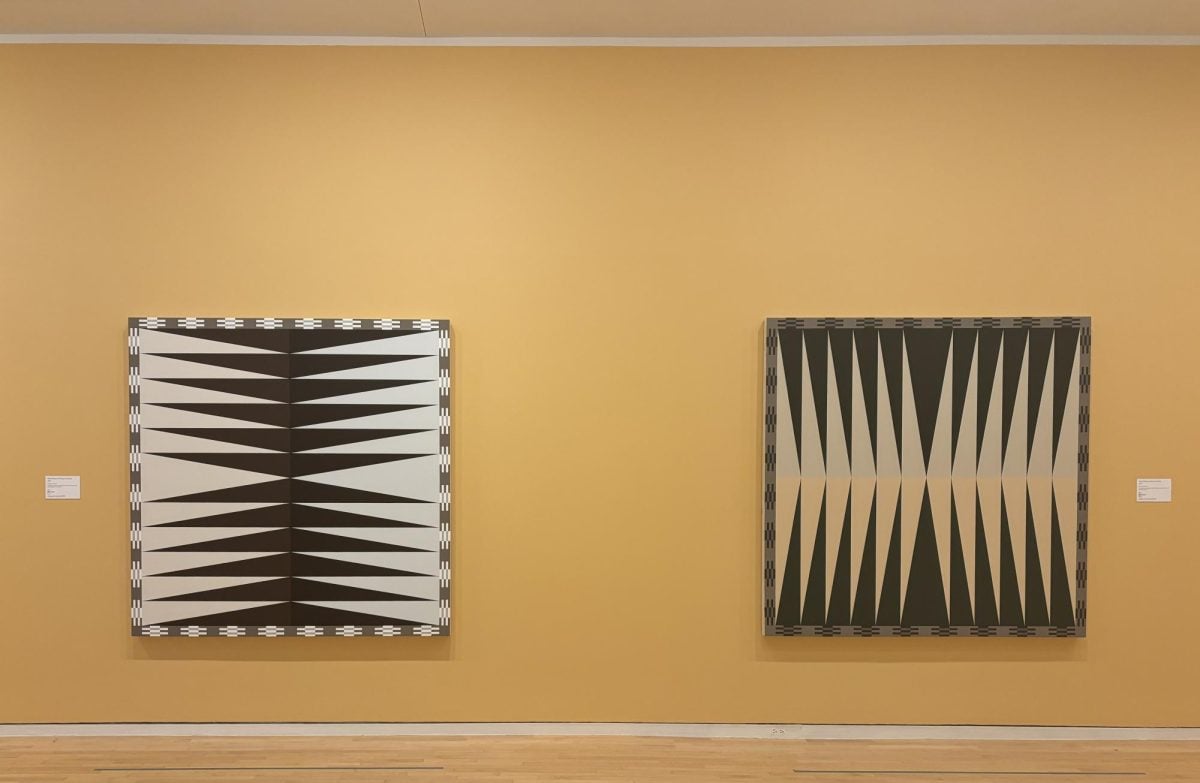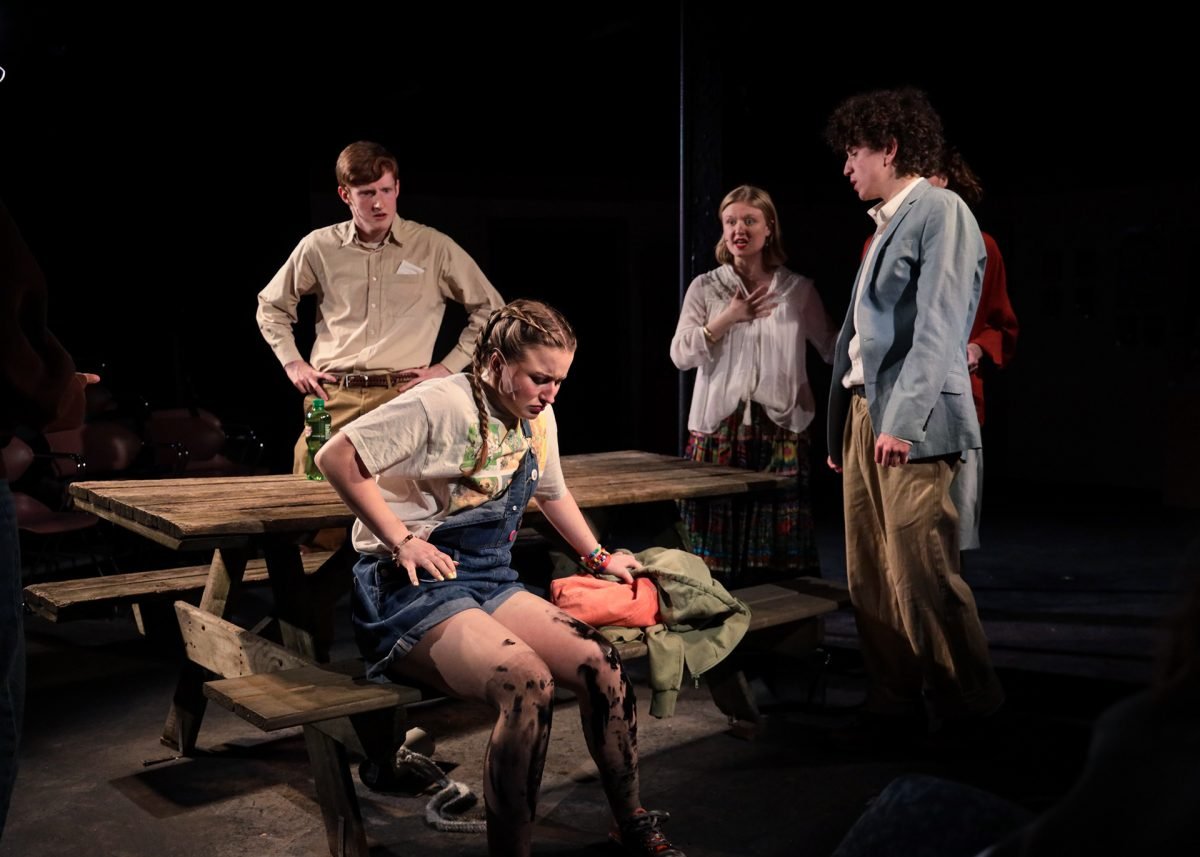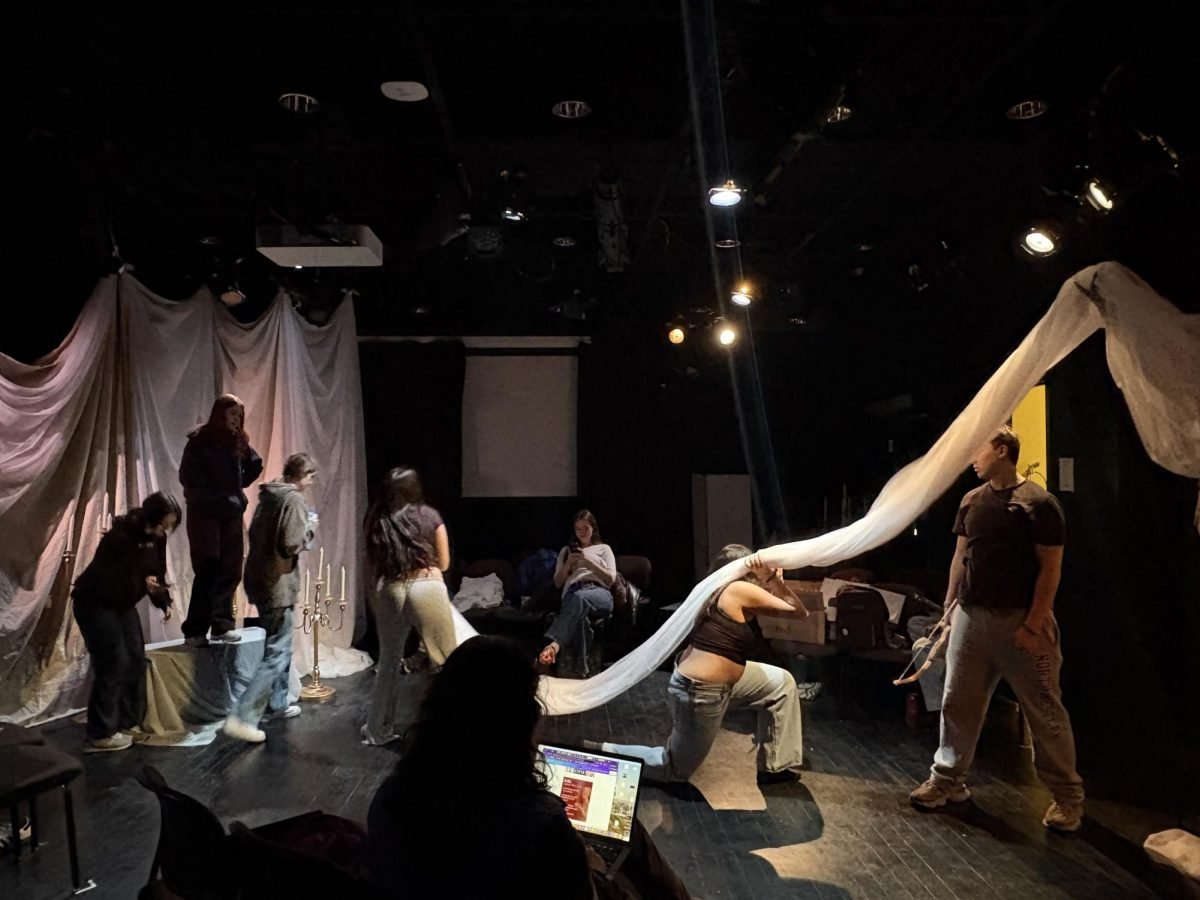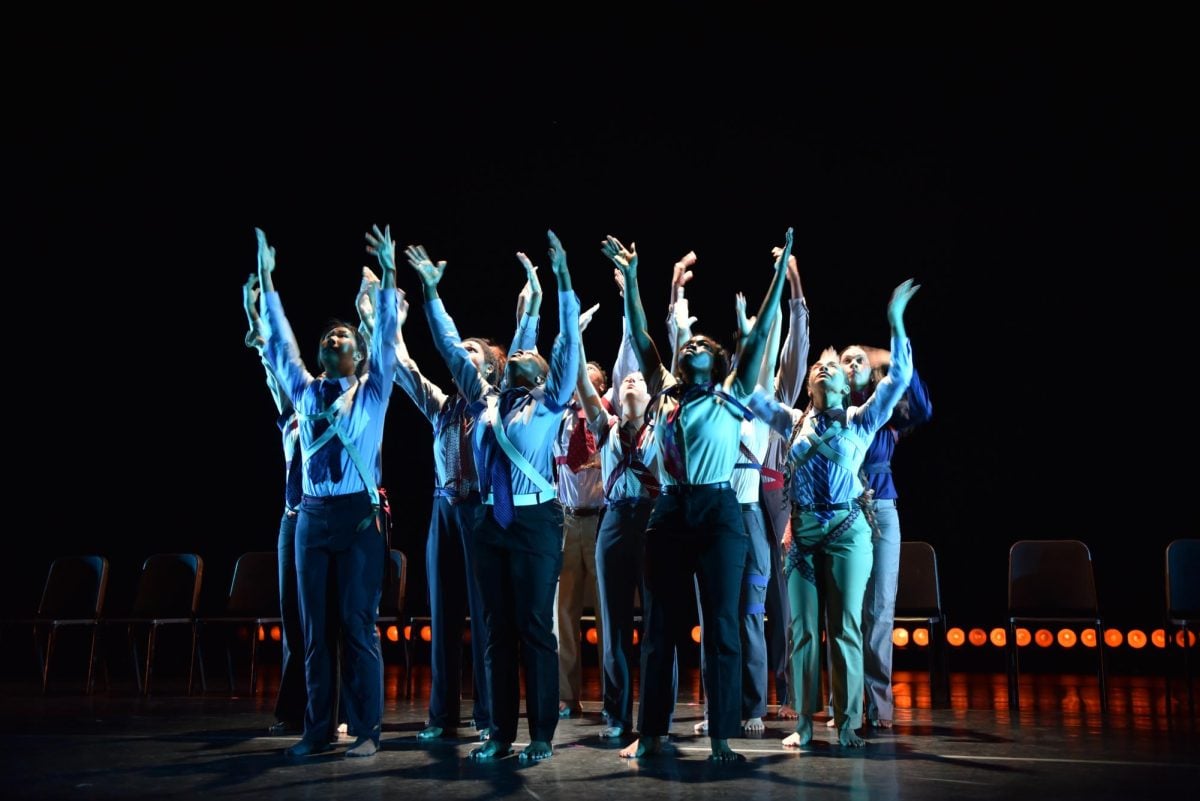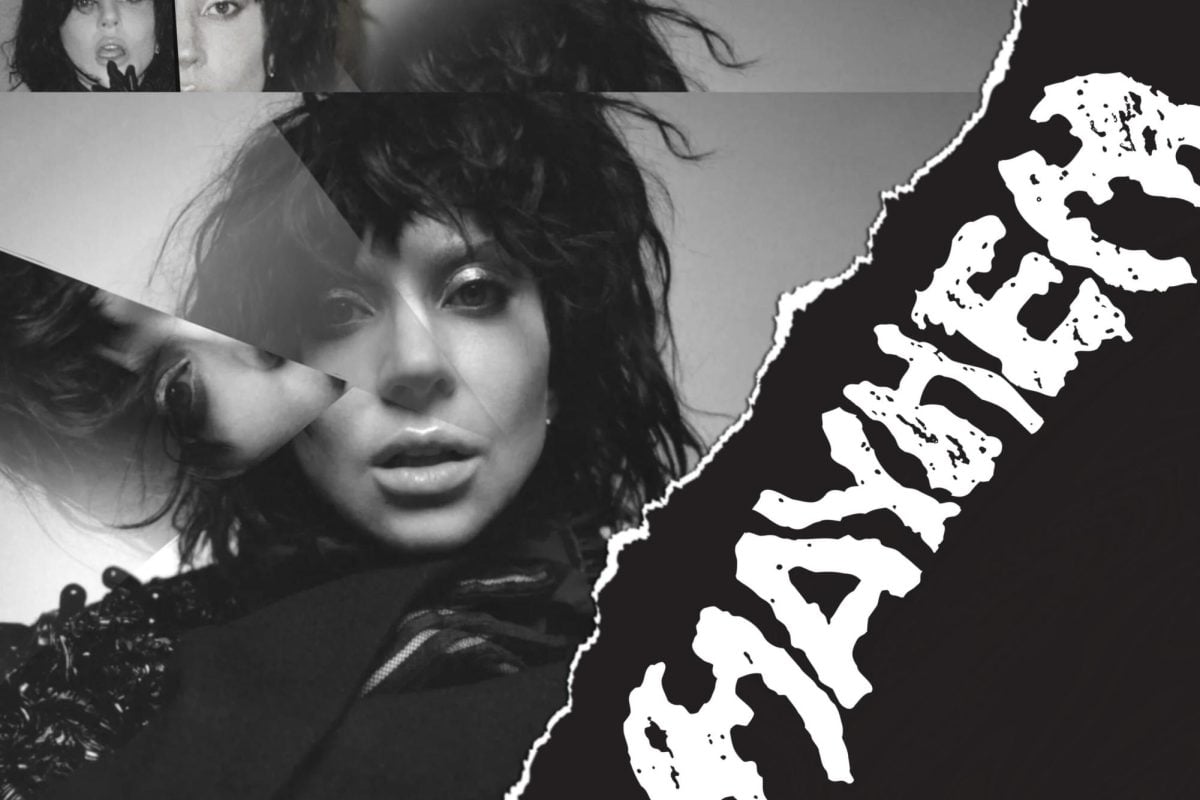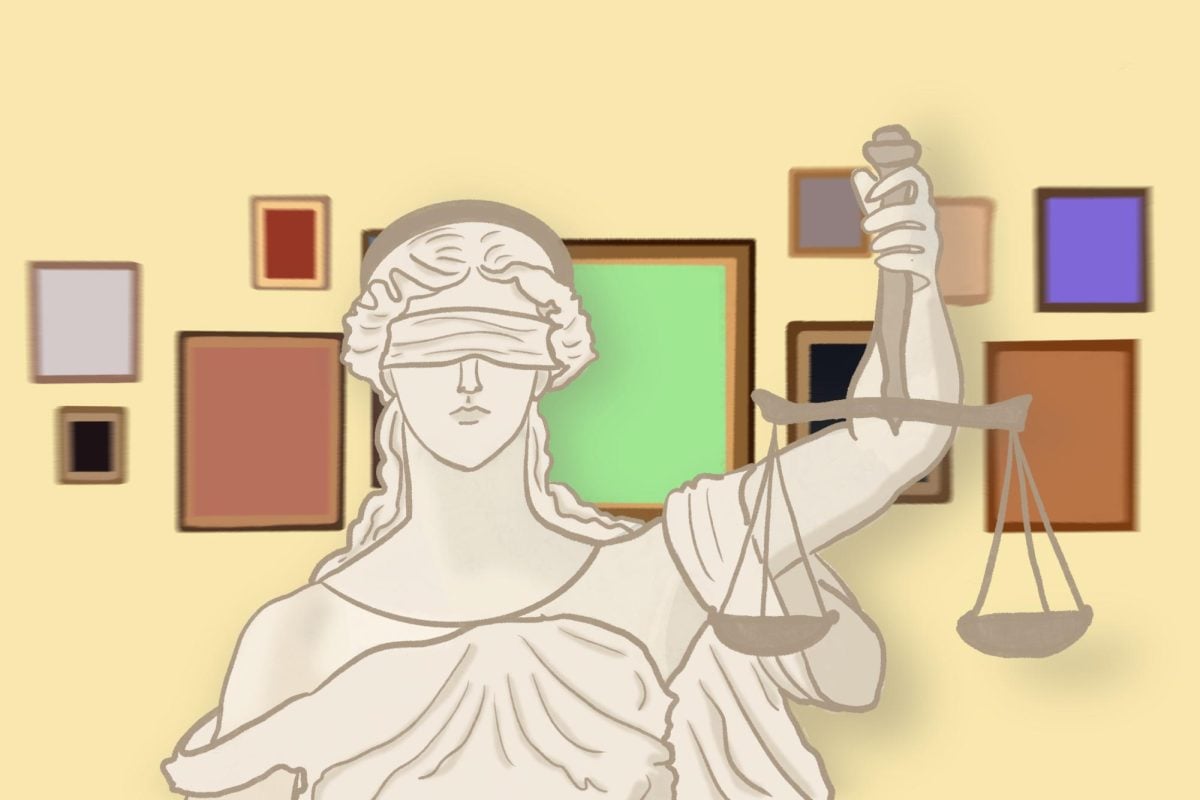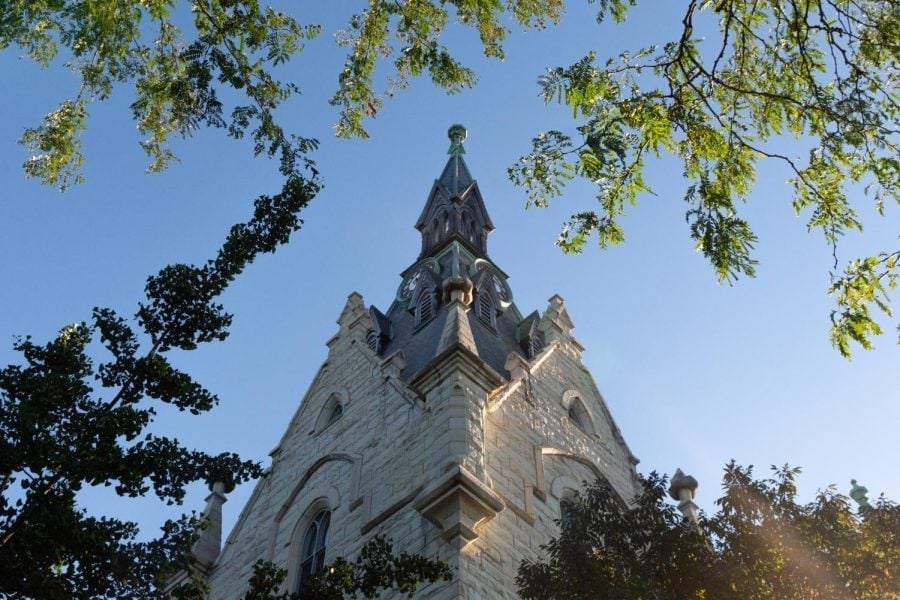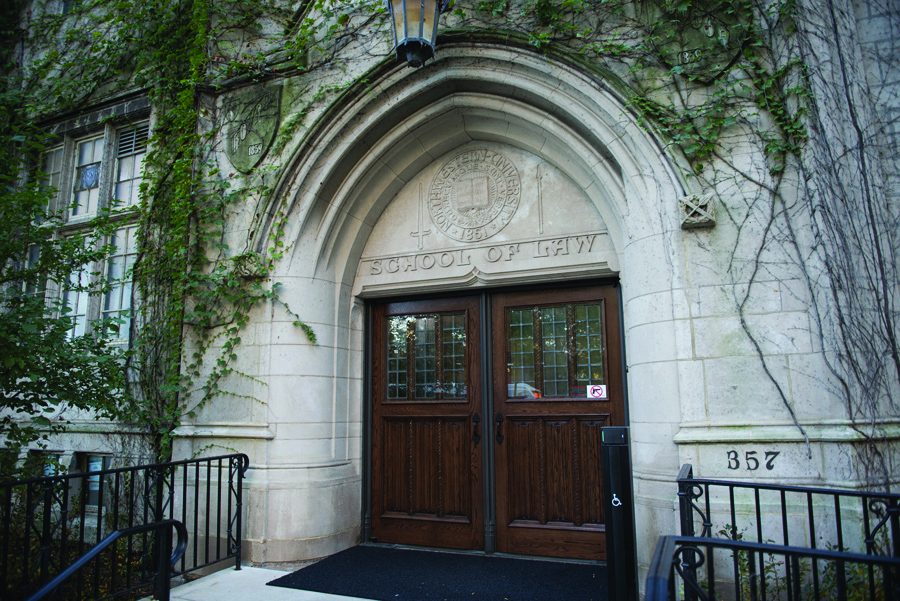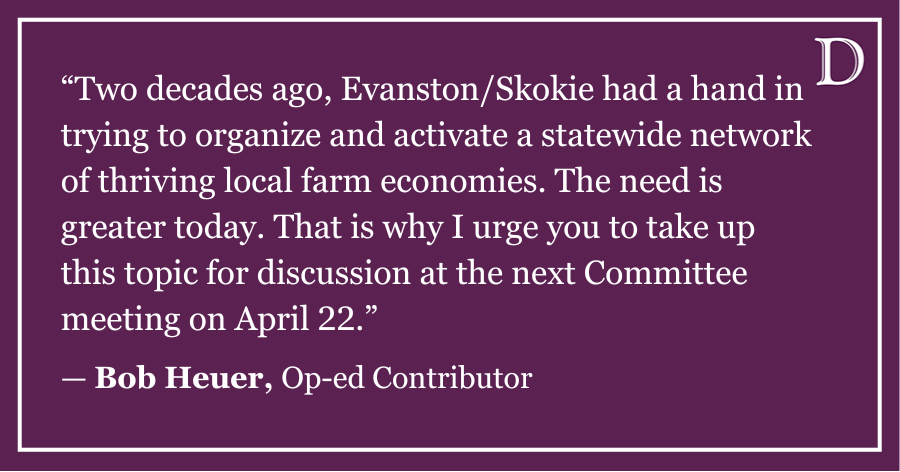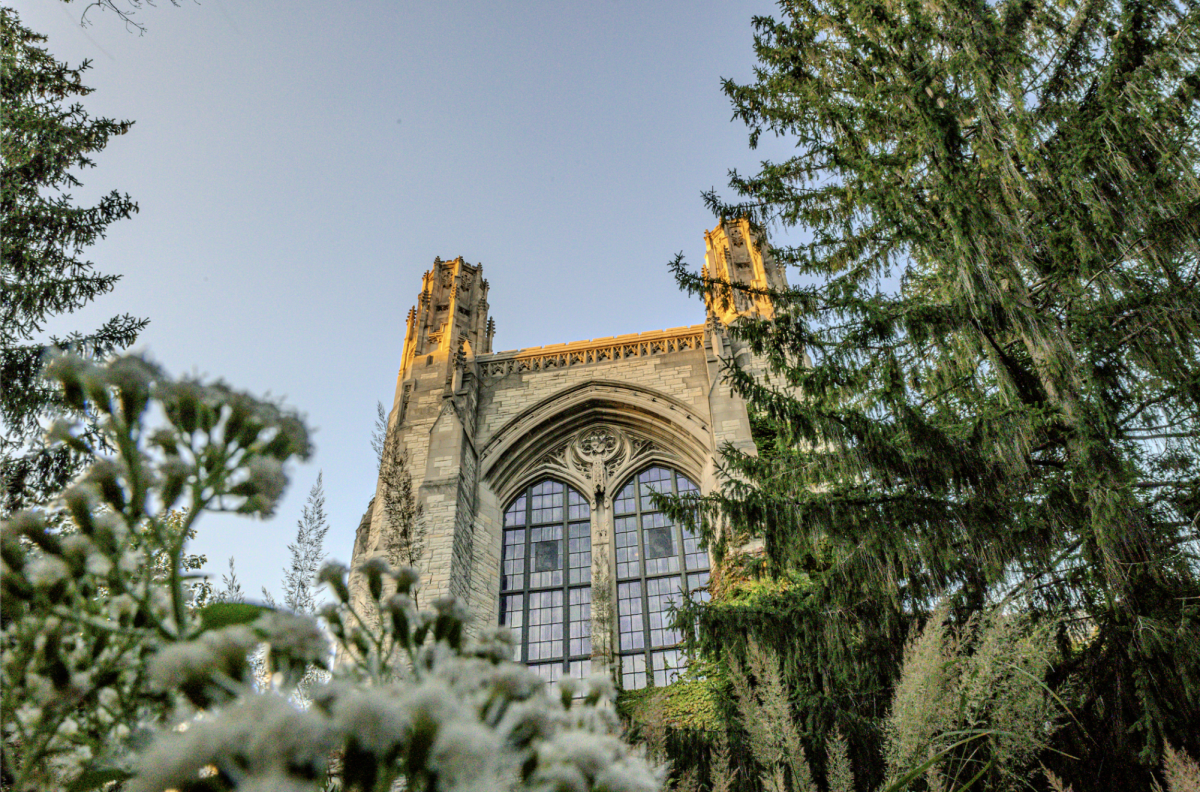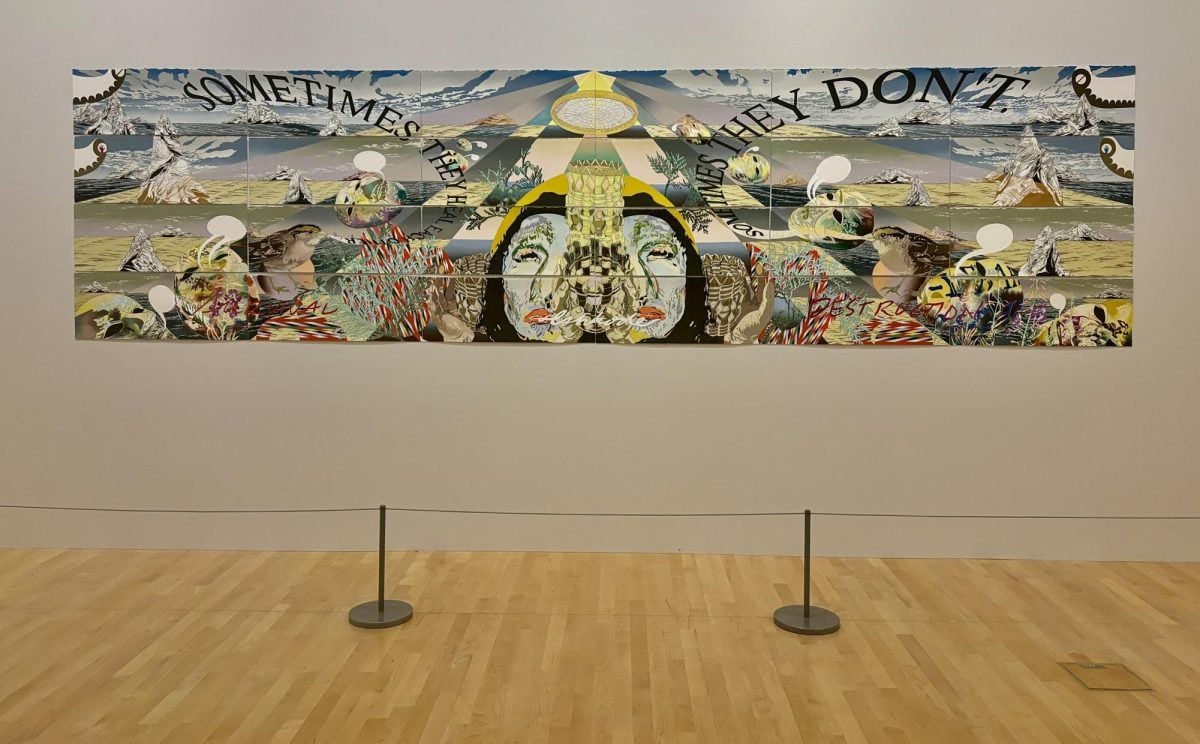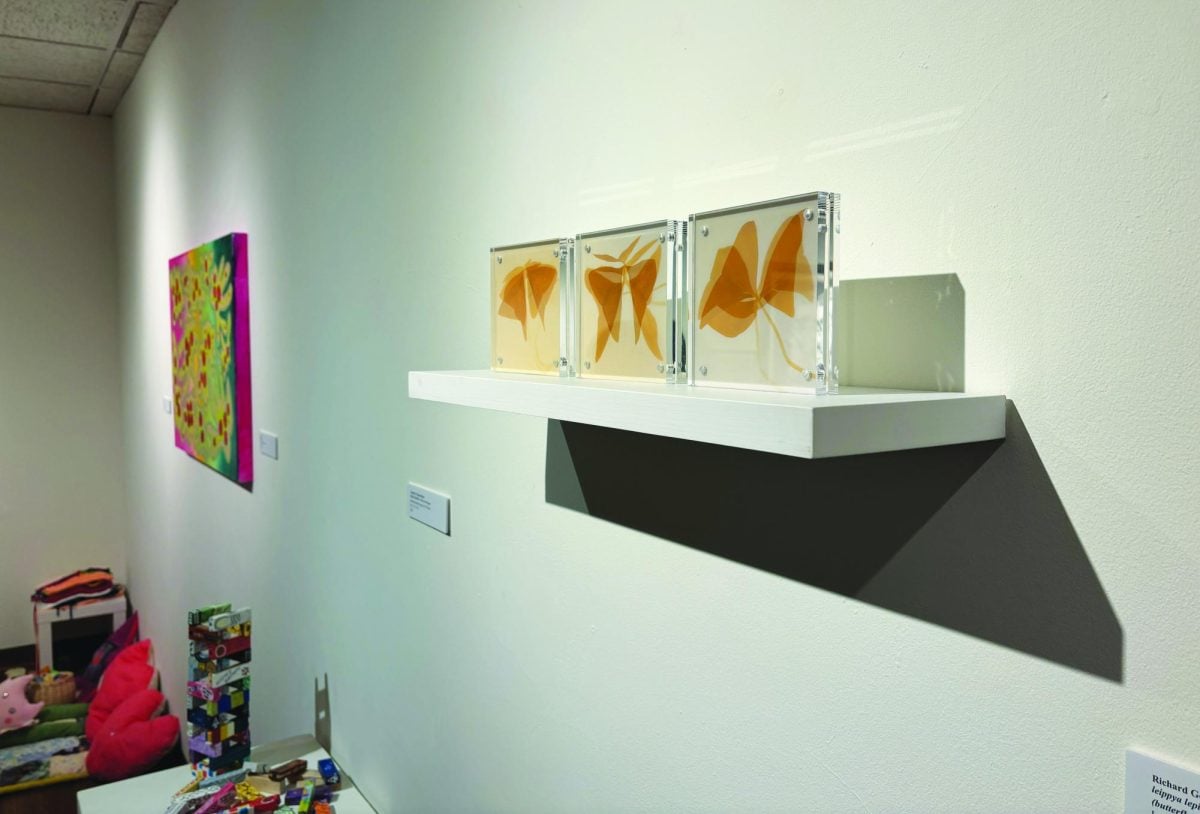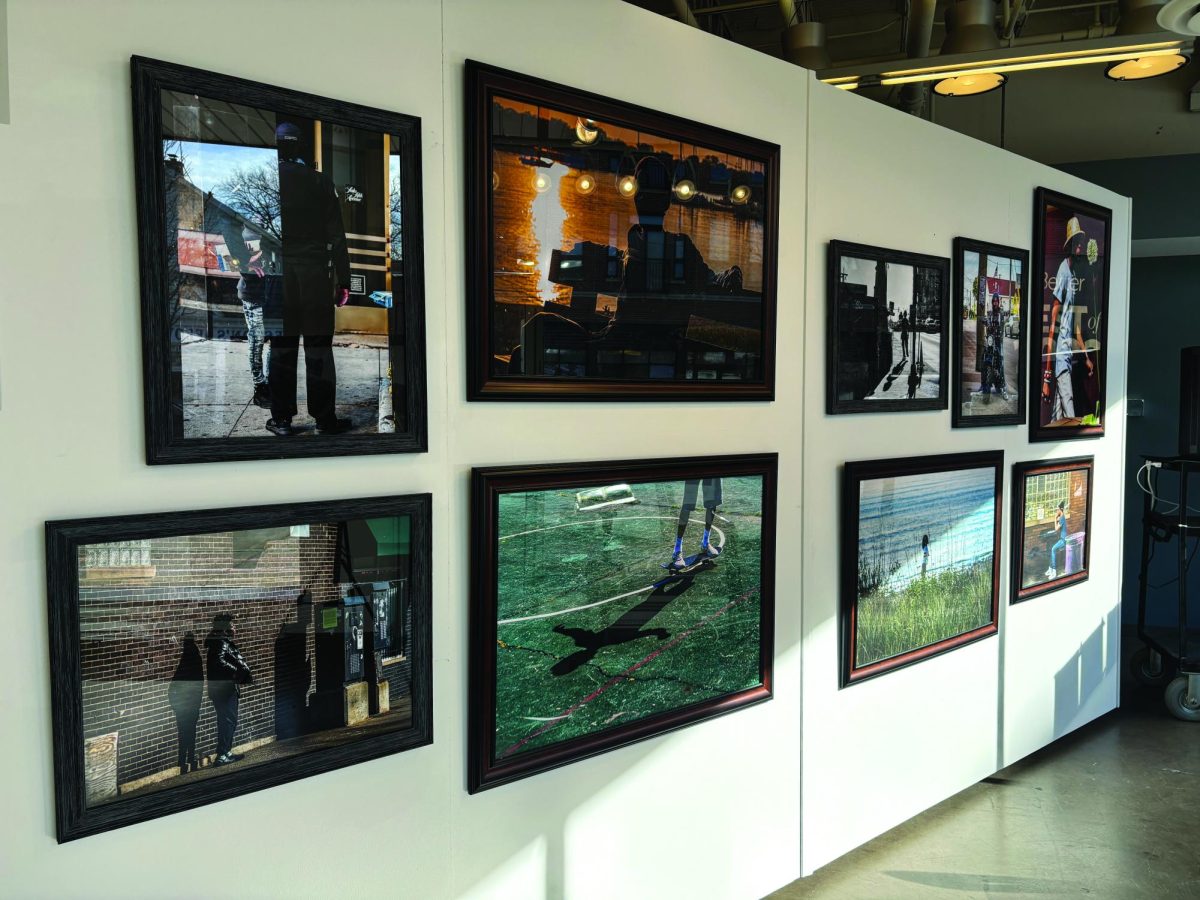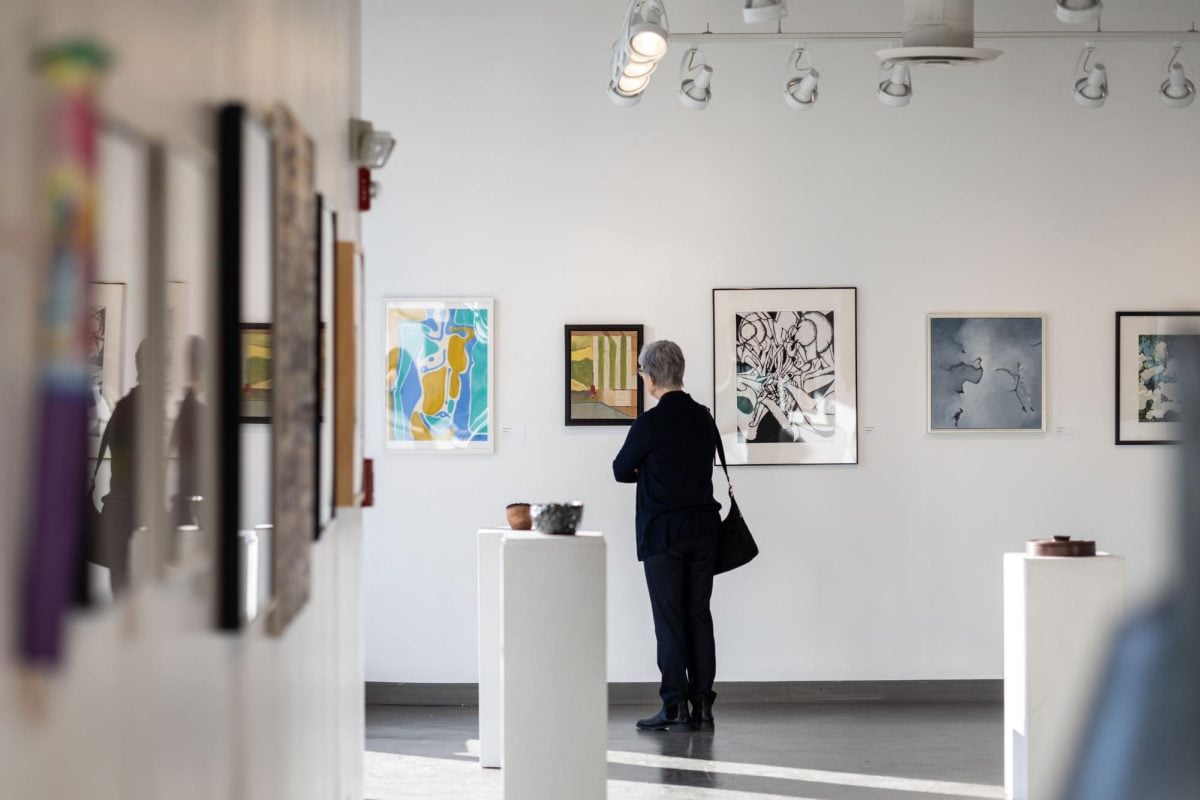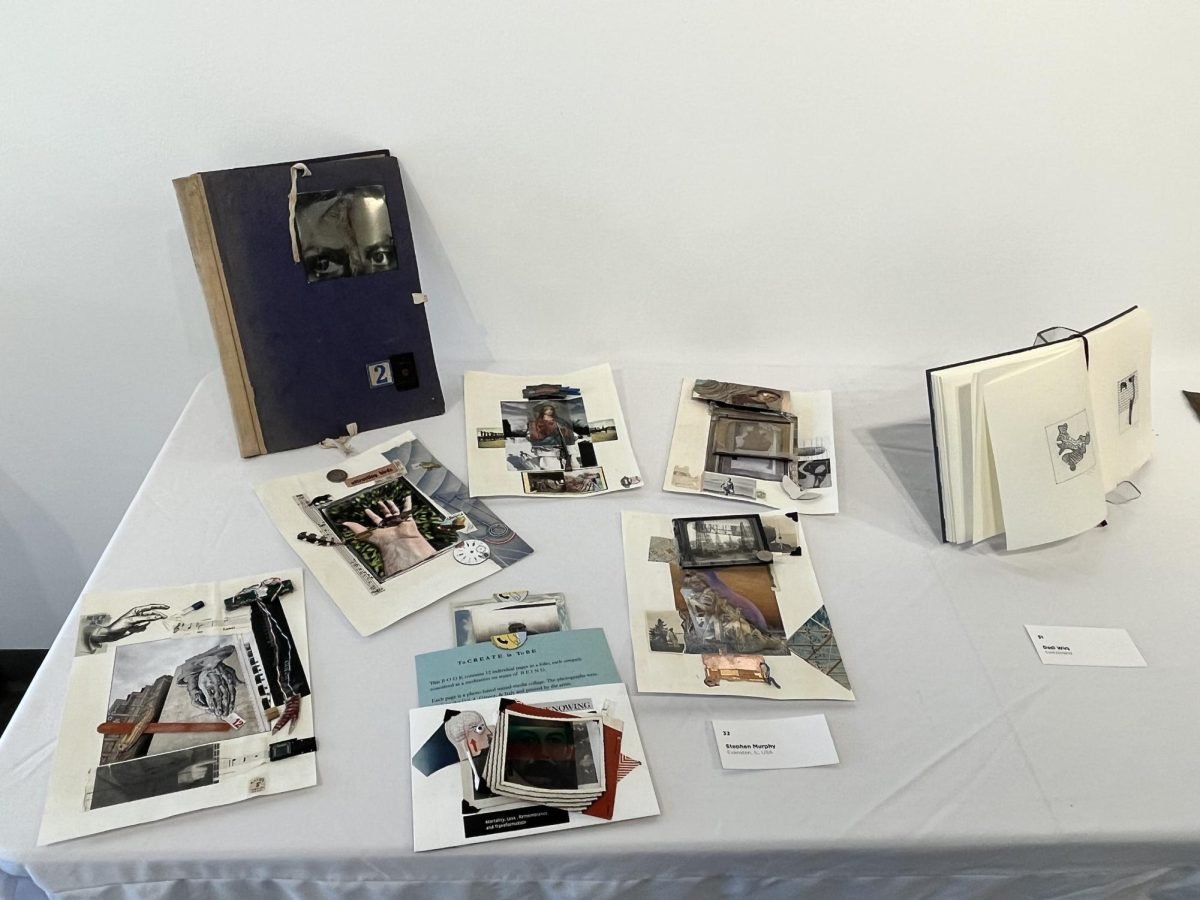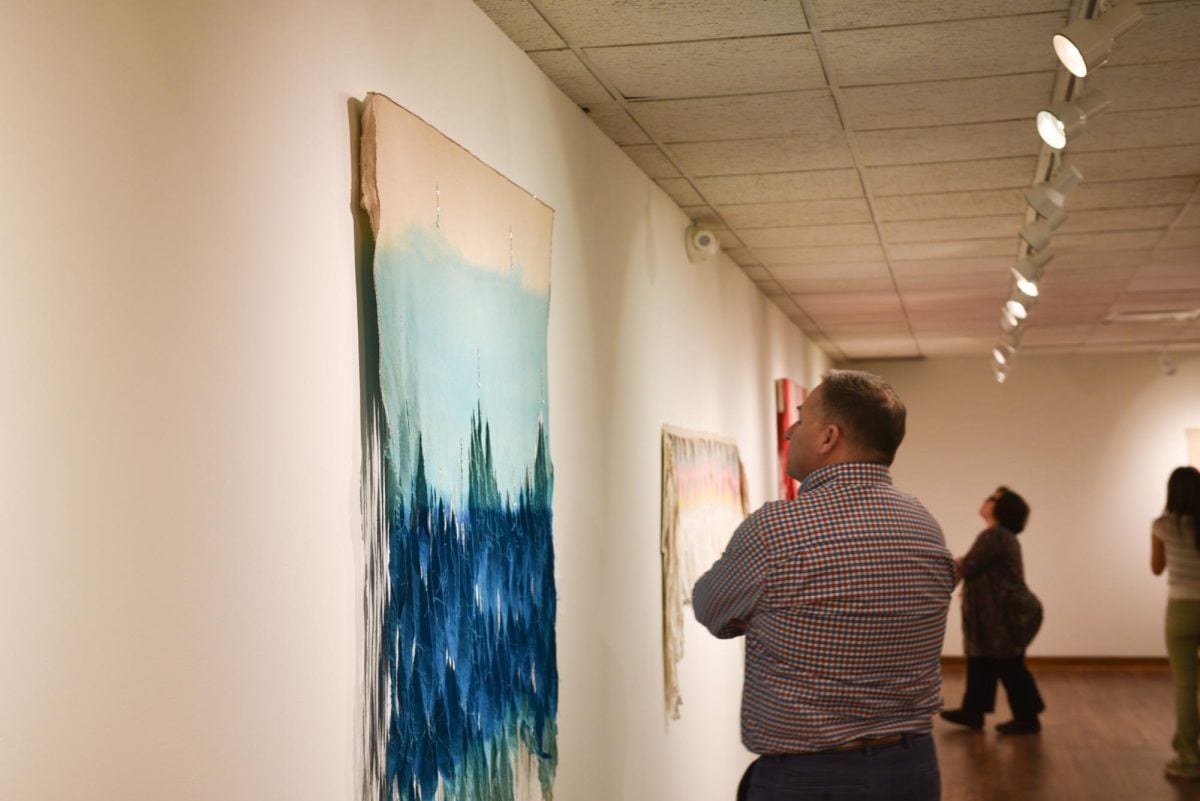The Block Museum of Art hosted Jordan Ann Craig and m.s. RedCherries in conversation with Jordan Poorman Cocker at a keynote speaker event to discuss the exhibition “it takes a long time to stay here: Paintings by Jordan Ann Craig” Wednesday.
The exhibition, which opened Jan. 25, features seven large-scale abstract paintings. In Craig’s largest institutional exhibition to date, she explored her relationship with Indigenous communities, including her own Northern Cheyenne ancestry, through an experimentation with color, scale and geometric form.
Craig takes a research-based approach to her practice, she said. Her exploration begins in museum collections and archives, where she studies Indigenous material cultures.
Shortly after college, Craig received the Eric and Barbara Dobkin Native Artist Fellowship in the School for Advanced Research, allowing her to study the school’s large collection of Pueblo pottery. She said she observed the pieces, created digitized mock-ups of patterns and then created large-scale paintings inspired by the pottery.
Craig said she then began to analyze material from her own Northern Cheyenne roots by looking at beadwork, gaining further inspiration for the exhibited paintings. It was her first time looking at her own cultural material and gave her an opportunity to reanalyze color, she said.
“I spent a lot of time looking at Pueblo pottery — off-whites, grays, blacks and the different earth pigments — and then all of a sudden I had access to Cheyenne pinks and emeralds and blues and all the colors,” Craig said at the speaker event.
Color is a crucial part of Craig’s process. She said she draws on inspiration from materials and landscapes, and she challenges herself to mix colors she is uncomfortable with.
Apart from color, Craig experiments with the borders of her paintings, creating motifs resembling the borders of moccasins or pouches. The symmetric designs which make the viewer comfortable are accompanied by unfinished edges that are “a hot mess,” she said.
“Behind the scenes isn’t always perfect,” Craig said. “I make beautiful paintings to mask ugly histories. They might look really beautiful, but they might (actually be) about something really sad.”
Poorman Cocker, one of the curators for “Woven Being: Art for Zhegagoynak/Chicagoland,” which is also currently showcased in The Block, said that both “Woven Being” and Craig’s exhibition do a good job of exploring the difficult histories of colonization and ethnic cleansing of Indigenous communities.
Poorman Cocker said she found Craig’s large-scale paintings powerful because they take up space Indigenous communities have not always been allowed.
“I think something that this show does very well is (explore) this tension that we navigate in our communities around holding the truth and the grief of our ancestors experiences of the past and also at the present, and balancing that with joy and beauty and all of the other aspects of what it means to be resilient,” Poorman Cocker said.
RedCherries’ book of poems “Mother” explores many of these difficult histories. The book’s cover is Craig’s piece “Sharp Tongue; Working on Empathy.” RedCherries, who is also Northern Cheyenne, said she was excited about the opportunity to foster a relationship with a relative through her work.
To close the keynote, RedCherries asked Northwestern to do more to reconcile the damaging legacy that one of Northwestern’s founders, John Evans, left with his role in the Sand Creek Massacre against the Northern Cheyenne people.
“I really appreciate Northwestern having us here, me and Jordan, Northern Cheyenne people,” RedCherries said. “But Northwestern can do so much more and establish proper, actual change within the Northern Cheyenne nation. This includes partnerships. This includes funding for youth.”
Email: clarekirwan2028@u.northwestern.edu
Related Stories:
— Block Museum hosts webinar on artwork connected to One Book One Northwestern
— Dittmar Gallery showcases Powwow regalia inspired exhibit ‘Regal Adornment’
— Block exhibition Woven Being: Art for Zhegagoynak/Chicagoland highlights Indigenous artists

